Just book marking this all here for future reference
#highlandclearances
https://en.wikipedia.org/wiki/Bernera_Riot
From https://bellacaledonia.org.uk/2022/02/23/community-of-contested-discourse-in-the-gaelic-development-debate/
And in his great poem Spiorad a’ Charthannais (The Spirit of Kindliness), the Lewis poet Iain Mac a’ Ghobhainn (John Smith) wrote about island soldiers coming back from the Napoleonic wars, only to find their homes burned to the ground in similar Highland Clearances. Their persecutors, not Napoleon, but domestic oppressors, who:
…reckoned as but brittle threads
the tight and loving cords
that bound these freemen’s noble hearts
to the high land of the hills.
The grief they suffered brought them death
although they suffered long,
tormented by the cold world
which had no warmth for them.
From Gaelic poetry and the British military, 1756-1945 by Wilson McLeod
An atypically incisive example of such rhetoric can be found in the Lewis poet Iain Mac a’ Ghobhainn’s (John Smith) (1848-81) powerful ‘Spiorad a’ Charthannais’ (‘The Spirit of Kindliness’), composed in 1874, at the beginning of the Land Agitation:
A bheil neach beò san linn seo
leis an cuimhn’ an latha garbh
’s na chuireadh an cath uamhann —
Waterloo nan cluaintean dearg?
Bu tapaidh buaidh nan Gàidheal ann,
nuair dh’èirich iad fo’n airm;
ri aghaidh colg nan treun-fheara
gun ghèill ar nàimhdean garg.
Dè ’n sòlas a fhuair athraichean
nan gaisgeach thug a’ bhuaidh?
Chaidh taighean blàth a’ charthannais
’nam baidealaich mu’n cluais;
bha ’m macaibh anns an àraich
’s iad a’ teàrnadh tìr gun truas;
bu chianail staid am màthraichean,
’s am fàrdaichean ’nan gual. . . .
A Bhreatainn, tha e nàireach dhut,
ma dh’àirmhear ann do sgeul,
Gun bhuin thu cho mì-nàdarrach
ri t’fhìor-shliochd àlainn fhèin;
an tìr bha aig na gaisgich ud
a theasairg thu ’nad fheum,
a thionndadh gu blàr-spòrsa
do na stròdhailich gun bheus.
Is anyone presently alive
who recollects that awful day,
on which was fought the fearful fight —
Waterloo of the bloody plains?
A fine victory was won by Gaels
when they rose in battle-arms;
faced with the blade of bravest men,
our fierce foes yielded fast.
What joy came to the fathers
of those who won the fray?
The warm homes of kindliness
towered round their ears in flames.
Their sons were on the battlefield
to save a heartless land;
their mothers were in the saddest plight,
and their homes reduced to ash. . . .
O Britain, it is a disgrace,
should we recount your tale,
relating how hard you dealt
with your own and truest race.
The land that those heroes had,
who saved you in your straits,
has now become a field of sports
for those wasters without morals.
(Meek 2003: 362-5)
Bàrdachd – Spiorad a’ Charthannais
Tha structar teann agus reusanachadh soilleir san dàn seo. Tha sin, le cainnt gheur agus rannaigheachd shiùbhlach a’ bhàird, a’ fàgail gur e seo ionnsaigh cho làidir is a gheibhear ann am bàrdachd Ghàidhlig air na Fuadaichean.
Sa chiad chòig rannan tha am bàrd a’ beachdachadh air gnè spiorad a’ charthannais agus an diofar a dhèanadh e don t-saoghal nan leanadh daoine an dòigh-beatha seo: airson notaichean air seo cliog air Spiorad.
Anns an ath chòig rannan tha e a’ leudachadh air a’ chron a tha dìth carthannais a’ dèanamh anns an t-saoghal san fharsaingeachd: cliog air Dìth airson seo.
Às dèidh rann far a bheil e a’ cur an cèill amasan an dàin, tha Mac a’ Ghobhainn anns an ath chòig rannan a’ càineadh nan uachdaran agus nam bàillidhean airson a bhith cho cruaidh air an t-sluagh: cliog air Uachdarain airson seo.
Anns na ceithir rannan deireannach, tha e a’ toirt ionnsaigh gu h-àraidh air Dòmhnall Rothach, bàillidh Leòdhais: cliog air Crìoch airson seo.
Lean na comharran airson a’ bhàrdachd a mhìneachadh. Nuair a nì thu sin, theirig air ais agus leugh a’ bhàrdachd air fad a-rithist.
Spiorad a’ Charthannais
O Spioraid shoilleir shàr-mhaisich,
A Spioraid ghràsmhoir chaoin
Tha riaghladh anns an àros sin
Tha uile làn de ghaol,
Nan gabhamaid gu càirdeil riut,
Gad fhàilteachadh gu caomh,
'S e siud a bheireadh àrdachadh
Do nàdar chloinn nan daoin'.
Nam b' eòl dhuinn thu nad mhaisealachd
'S nam b' aithne dhuinn do luach,
'S e siud a bheireadh inntinn dhuinn
Os cionn an t-saoghail thruaigh;
Gur sona iad fhuair eòlas ort,
'S len còmhnaich thu gu buan –
'S ann tromhad tha na sòlasan
Tha 'n Tìr na Glòire shuas.
'S tu phàirticheadh gu h-èifeachdach
Rinn gnè nam flaitheas àrd;
An àite greann na h-eucorach
Bhiodh maise 's sgèimh nan gràs;
'S tu sheargadh gnè na truaillidheachd
'S a nuadhaicheadh ar càil;
'S tu thogadh chum nan nèamhan sinn
Le tarraing threun do ghràidh.
O Spioraid chaoimh nan gràsalachd,
Nam biodh tu tàmh nar còir,
'S tu dh'fhuasgladh oirnn 's a shlànaicheadh
An dream tha cnàmh fo leòn;
'S tu thogadh crìdh' nam bantraichean
Gu seinn le aiteas mòr,
'S nach fàgadh gu neo-choibhneil iad
An gainntir dorch a' bhròin.
'S tu mhùchadh teine 'n nàmhaideis
'S an t-sùil as gràinde colg;
'S tu rèiticheadh 's a chiùinicheadh
A' mhala bhrùideil dhorch;
'S tu thogadh neul na h-aingidheachd
Bharr gnùis nan aintighearn' borb
'S a bheireadh gionach saidhbhreis uap'
'S gach aimhleas tha nan lorg.
Ach 's eagal leam gun d' thrèig thu sinn
'S do nèamh gun d' theich thu suas –
Tha daoin' air fàs cho eucorach
'S do ghnè-sa fada uap';
Tha seiche ghreannach fèinealachd
Gan eudachadh mun cuairt –
Chan eòl dhomh aon nì reubas e
Ach saighead Dhè nan sluagh.
A shaoghail, 's fada tuathal thu
On uair sin anns na thrèig
Do charthannas is d' uaisleachd thu,
'S a ghabh thu Fuath is Breug;
Mar inneal-ciùil neo-cheòlmhor dhut,
Gun teud an òrdugh rèidh,
Cha seinn thu pong le òrdalachd
'S cha deòin leat dol air ghleus.
Gur leatsa neart nan aintighearnan
Is gèimhlichean nan tràill;
Gur leat guth treun nan ainneartach
'S guth fann an fhir tha 'n sàs;
Gur leatsa spìd is uabharrachd
An t-sluaigh tha 'n ionad àrd,
'S a mheasas cho mì-fhiùghail sinn
Ri sgùileach air an tràigh.
Gur leat an creideamh buaireasach
A dhùisgeas gruaim is greann,
An creideamh nach dèan suairce sinn
'S nach dèan ar n-uabhar fann;
An creideamh th' aig na diadhairean
Lem miann a' chòmhstri theann –
Nan làimh-san dh'fhàs a' Chrìosdalachd
Mar bhiast nan iomadh ceann.
An searmonaiche prèisgeil ud,
'S ann dh'èigheas e le sgairt
Gur mallaicht' sinn mur èisdear leinn
Ra chreud-san - an tè cheart;
An àite bhith sìor èigheach rinn
Mur dleasdanas 's gach beart,
A dhèanamh daoine cèillidh dhinn
An làthair Dhè nam feart.
O Charthannais, gur h-àlainn thu,
A ghràis as àirde luach!
Ach 's lìonmhor nach toir àite dhut
Gu bràth nan cridhe cruaidh.
Nan deònaicheadh a' cheòlraidh dhomh
Mo chomas beòil car uair,
Gun innsinn pàirt de ghnìomharan
Nam biast thug dhutsa fuath.
Cha robh do ghnè-s' an Dòmhnall bochd,
Am fear bu rògaich goill,
Bha 'n dùil gum biodh gach Leòdhasach
Air fhògaradh don choill;
Ach phàigh e pàirt de dhò-bheartan
Is gheibh e 'n còrr a thoill –
Gun aithnich e gu dòrainneach
Gur feàrr a' chòir na 'n fhoill.
Cha robh do ghnè-s' a' riaghladh
Ann am broilleach iarainn cruaidh
Nam bàillidhean 's nan tighearnan
Chuir sìos an tìr mu thuath;
Bu charthannach na fàrdaichean
Bha seasgair, blàth innt' uair,
'S tha tìr nan daoine còire 'n-diugh
Na fàsach dòbhaidh truagh.
Gun chuir iad fo na naosgaichean
An tìr a b' aoigheil sluagh;
Gun bhuin iad cho neo-dhaonndachail
Ri daoine bha cho suairc';
A chionn nach faodte 'm bàthadh,
Chaidh an sgànradh thar a' chuain –
Bu mhiosa na bruid Bhàbiloin
An càradh sin a fhuair.
A Bhreatainn, tha e nàrach dhut,
Ma dh'àirmhear ann do sgeul
Gun bhuin thu cho mi-nàdarrach
Rid fhìor-shliochd àlainn fhèin –
An tìr bha aig na gaisgich ud
A theasairg thu nad fheum,
A thionndadh ga blàr-spòrsa
Do na stròidhealaich gun bheus.
Nach dìblidh cliù ar mòr-uaislean,
Na fir as neònaich' mèinn –
Carson a tha iad mòr-chùiseach,
'S iad beò air spòrs gun chèill?
Nan còmhdaicheadh na ruadh-chearcan
Lem buachar uachdar slèibh,
'S e siud a b' fheàrr a chòrdadh riu
Na sràidean òir air nèamh.
O, criothnaich measg do shòlasan.
Fhir fhòirneirt làidir chruaidh!
Dè 'm bàs no 'm pian a dhòirtear ort
Airson do leòn air sluagh?
'S e osnaich bhròin nam bantraichean
Tha sèid do shaidhbhries suas;
Gach cupan fìon a dh'òlas tu,
'S e deòir nan ainnis truagh.
Ged thachradh oighreachd mhòr agad
'S ged ghèill na slòigh fod smachd,
Tha 'm bàs is laghan geur aige,
'S gum feum thu gèill da reachd;
Siud uachdaran a dh'òrdaicheas
Co-ionann còir gach neach,
'S mar oighreachd bheir e lèine dhut,
'S dà cheum de thalamh glas.
'S e siud as deireadh suarach dhut,
Thus', fhir an uabhair mhòir,
Led shumanan 's led bhàirlinnean
A' cumail chàich fo bhròn;
Nuair gheibh thu 'n oighreachd shàmhach ud,
Bidh d' àrdan beag gu leòr;
Cha chluinnear trod a' bhàillidh ann
'S cha chuir maor grànd' air ròig.
'N sin molaidh a'chnuimh shnàigeach thu,
Cho tàirceach 'sa bhios d' fheòil,
Nuair gheibh i air do chàradh thu
Gu sàmhach air a bòrd;
Their i, "'S e fear mèath tha 'n seo
Tha math do bhiast nan còs,
On rinn e caol na ceudan
Gus e fhèin a bhiathadh dhòmhs'."
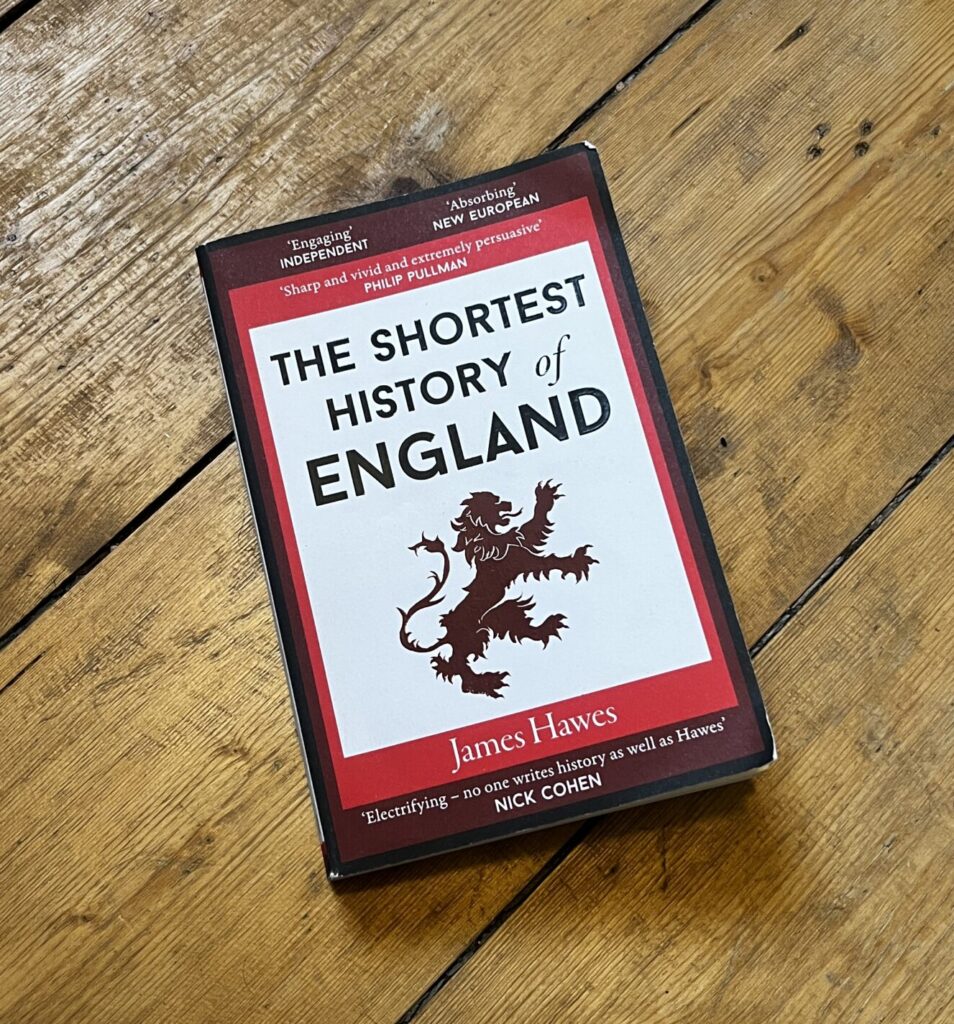
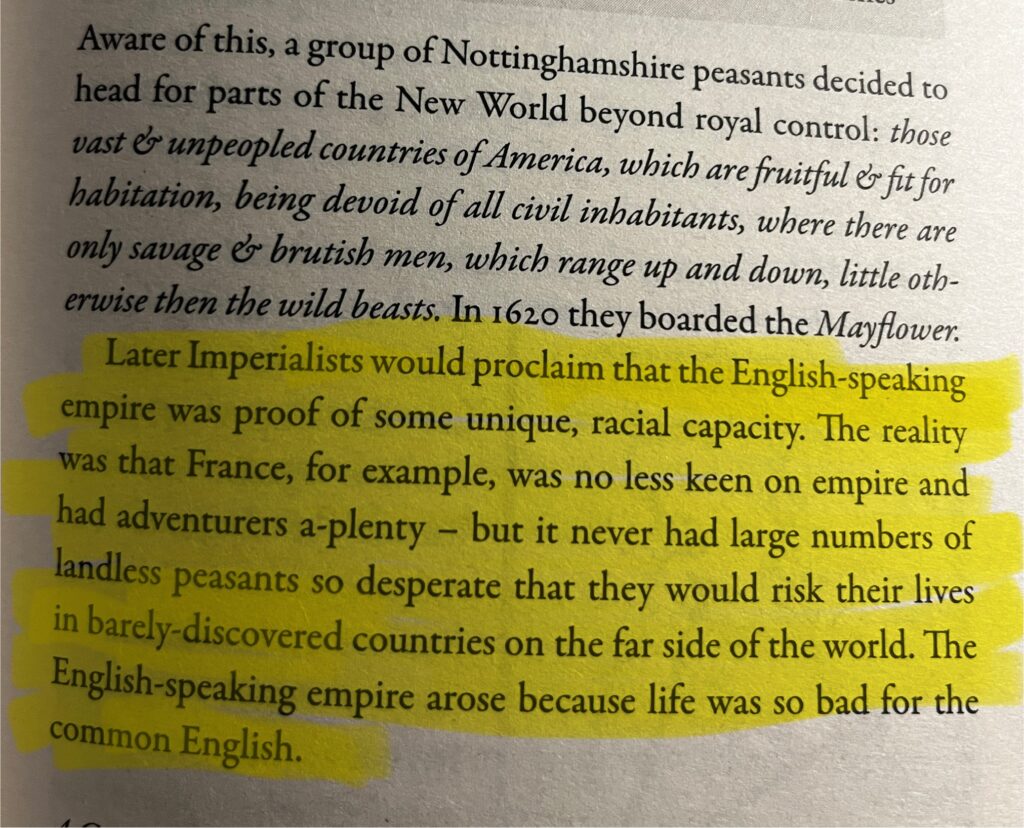
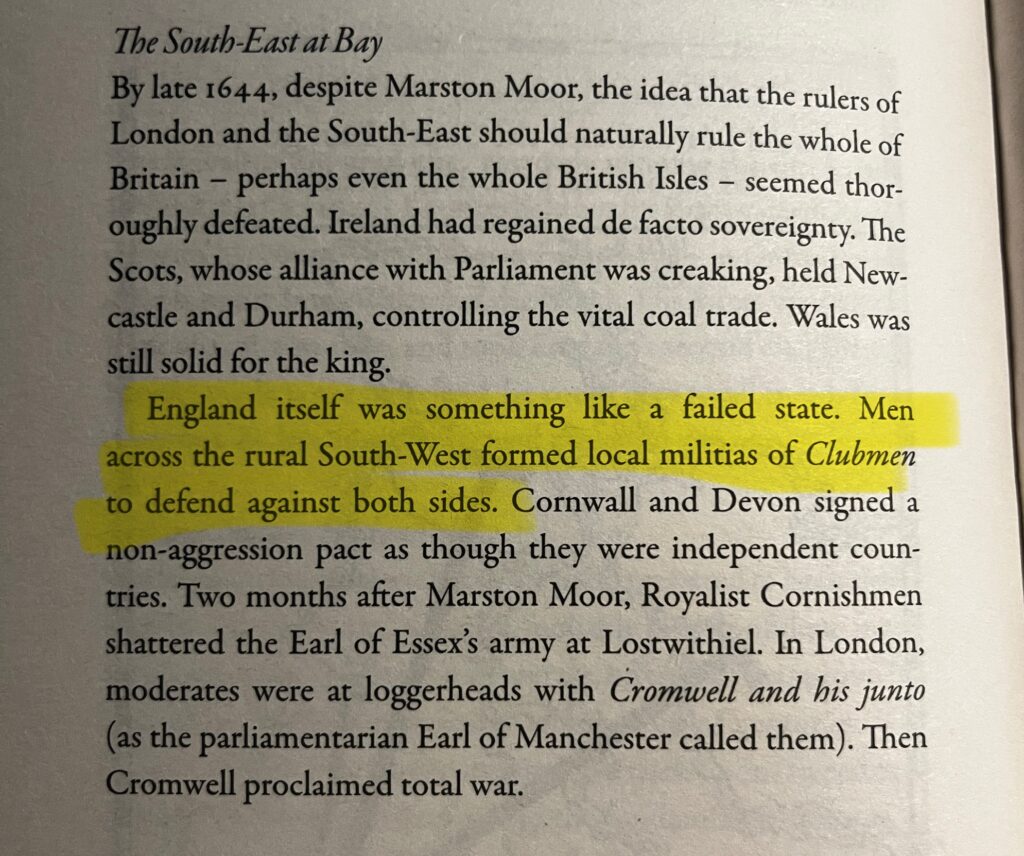
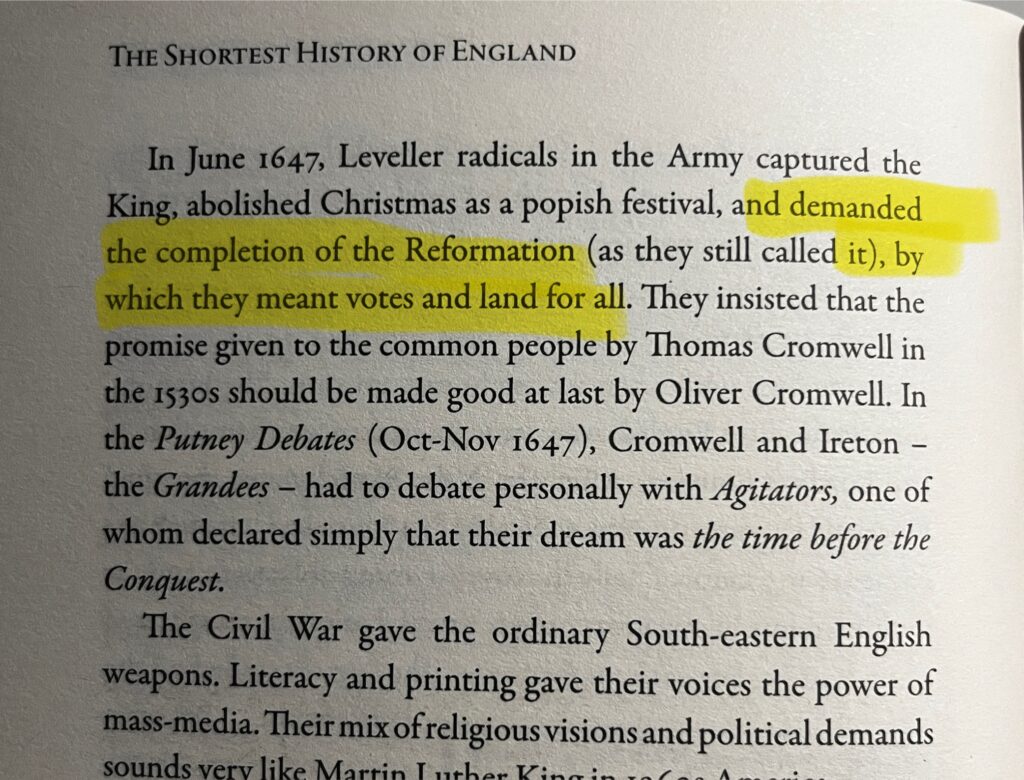
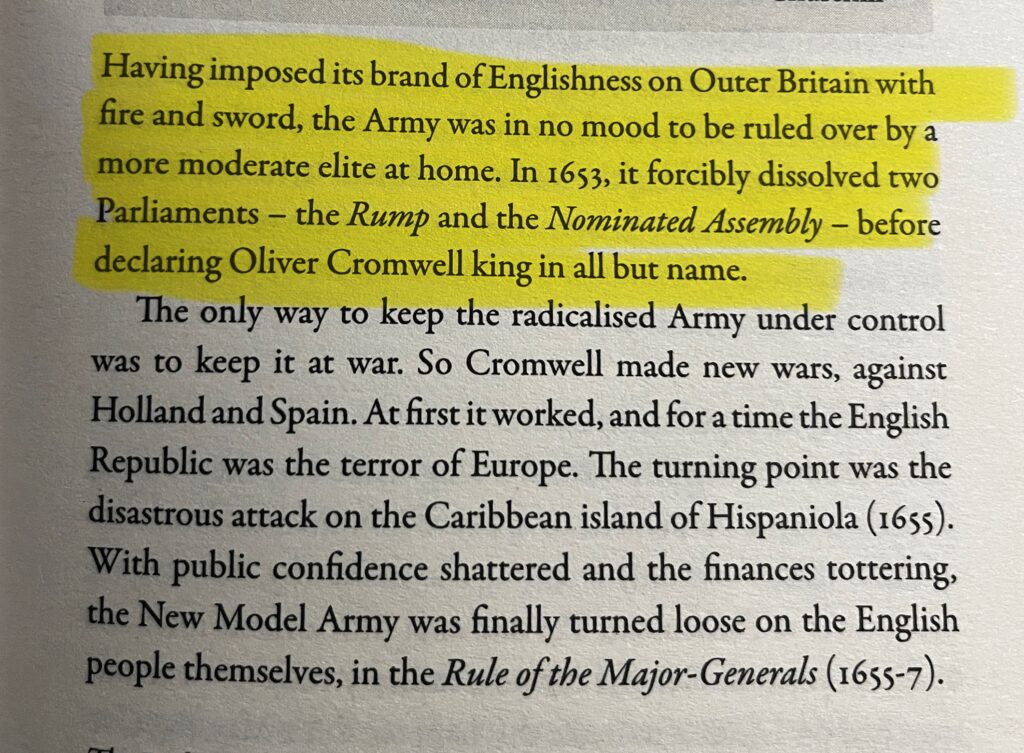
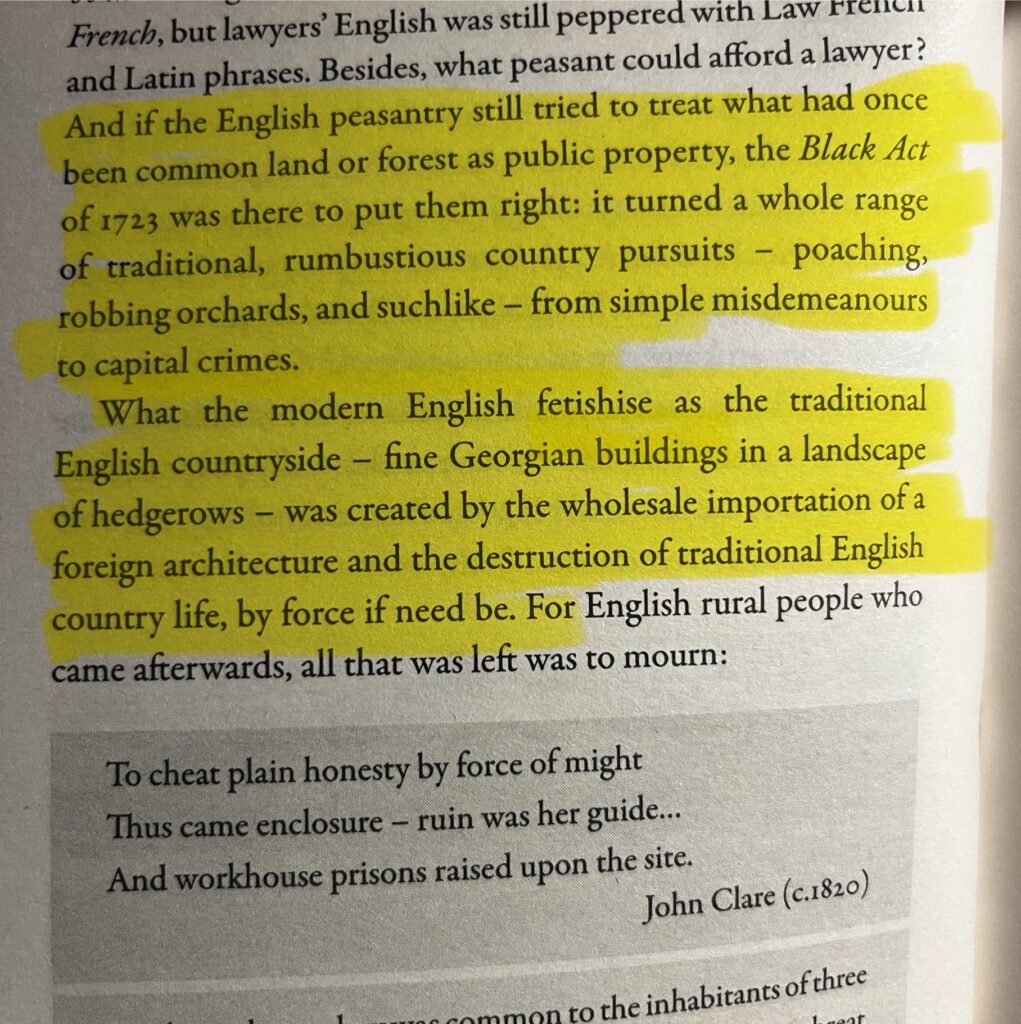
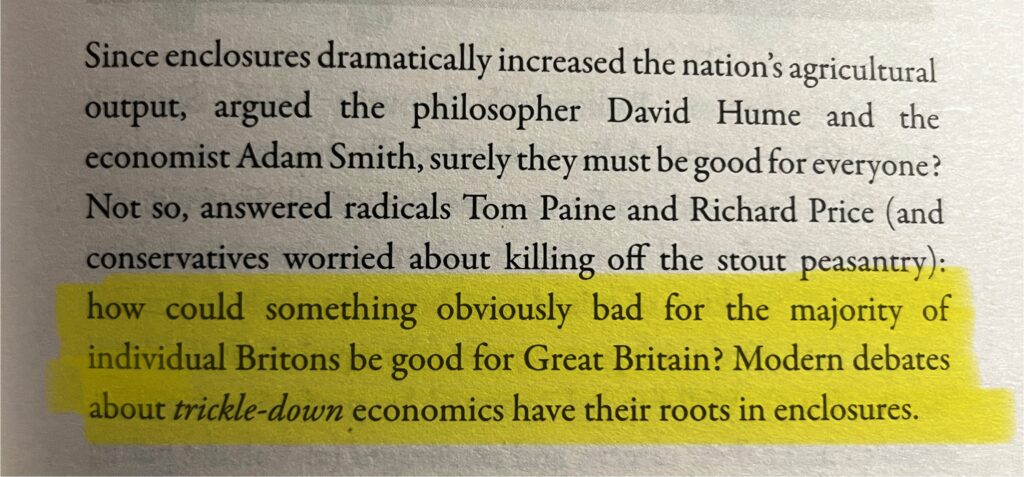
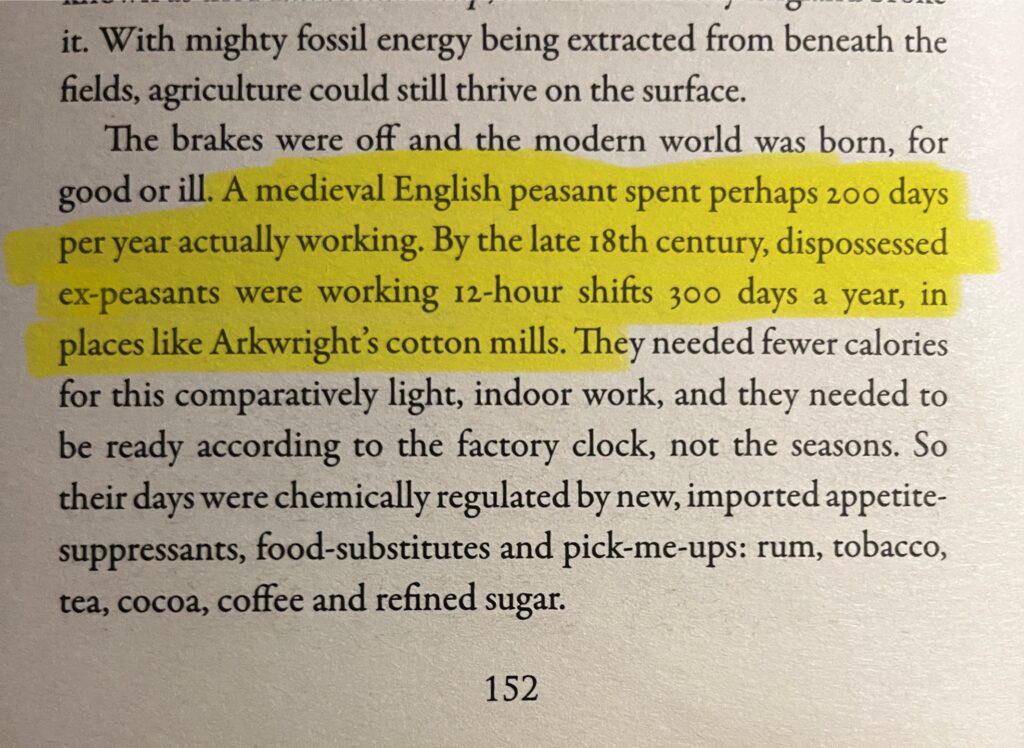

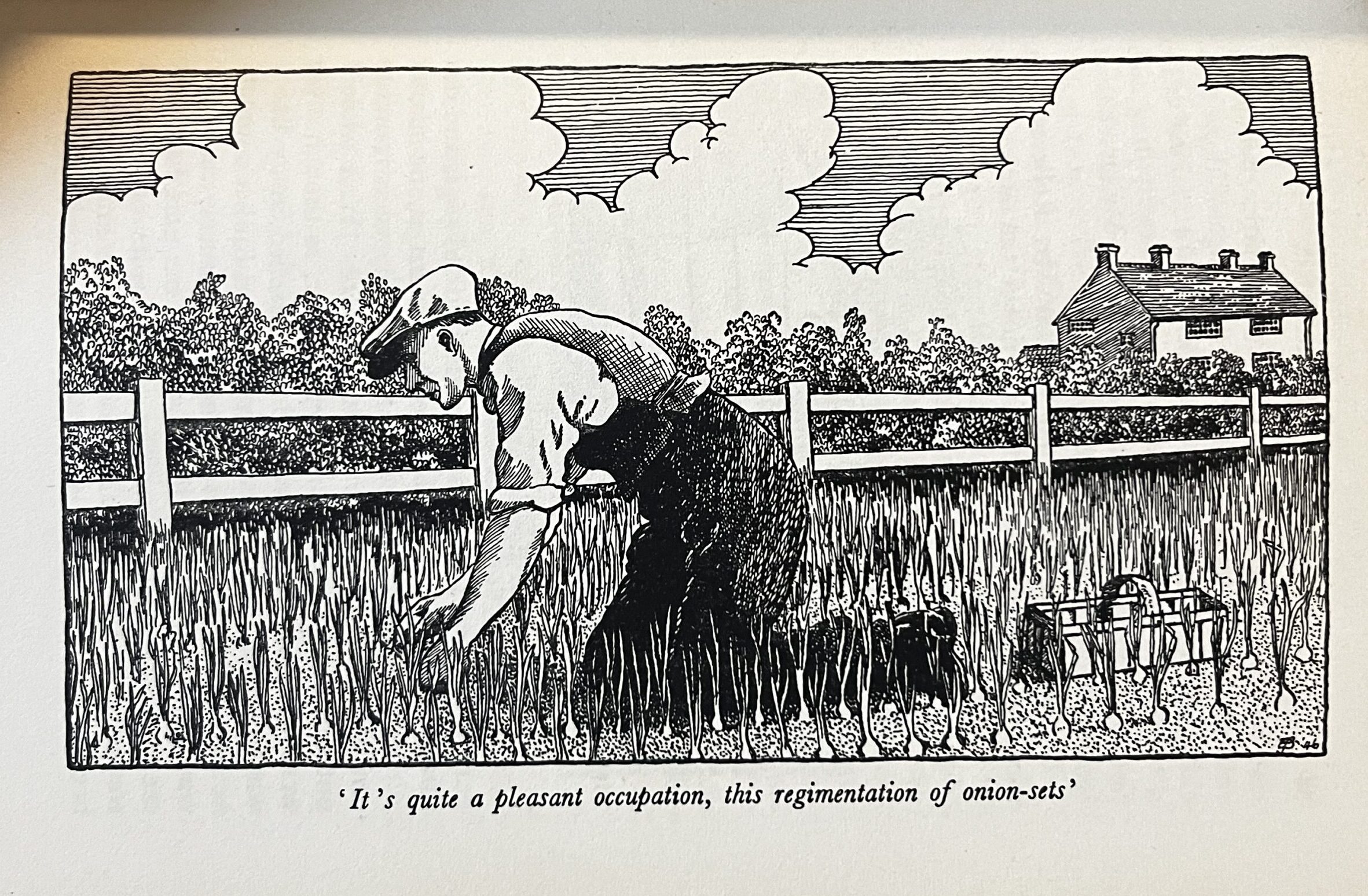
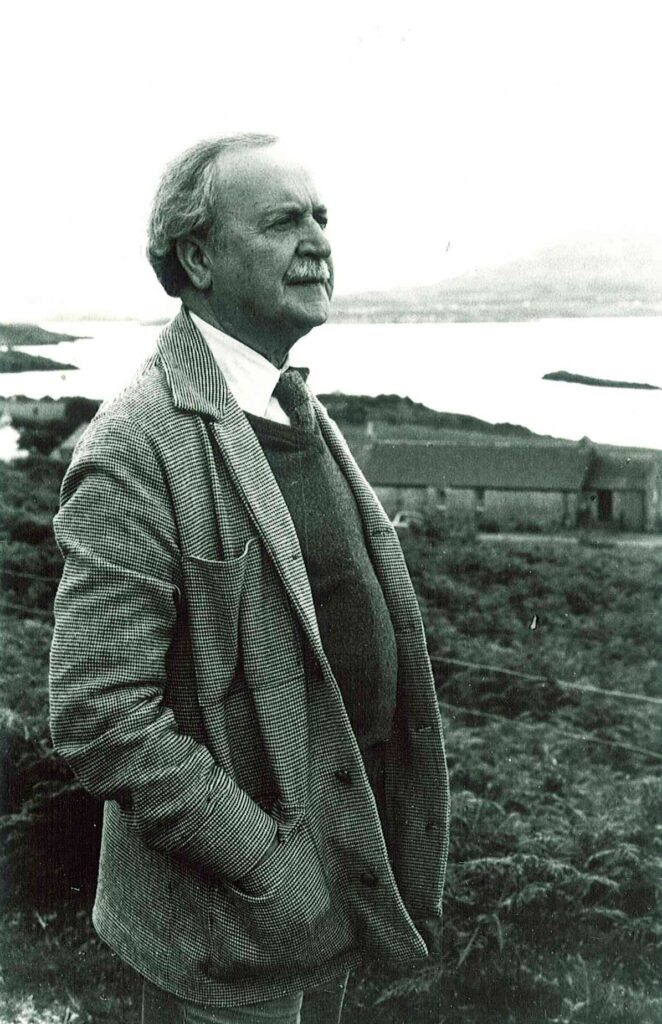
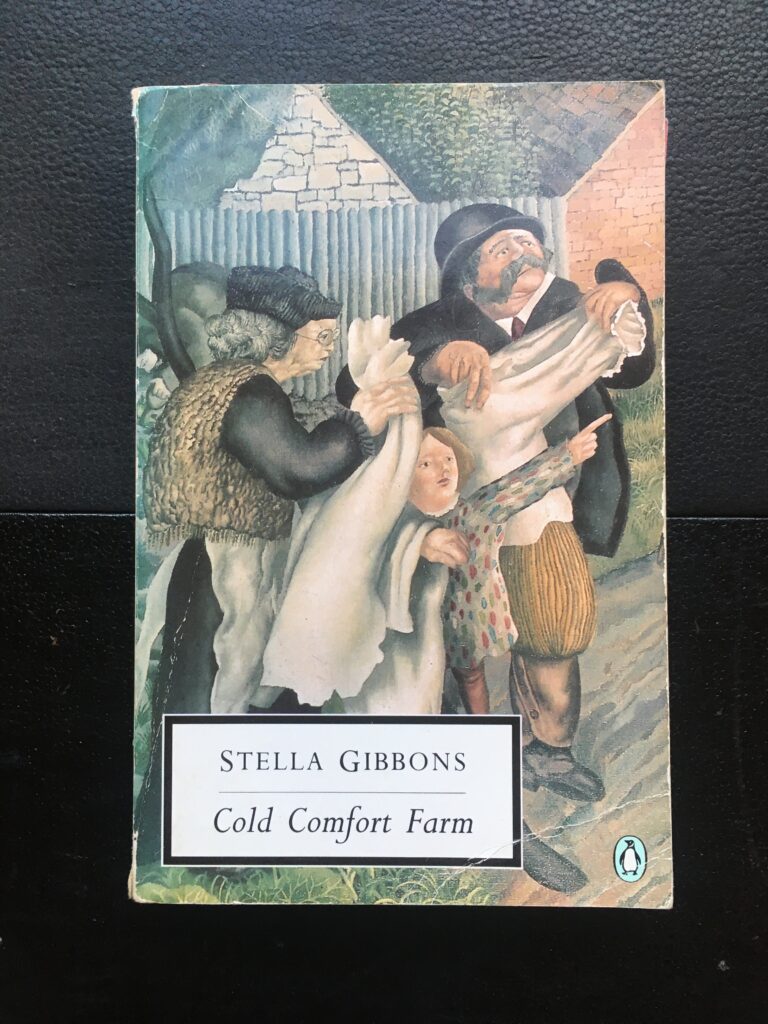
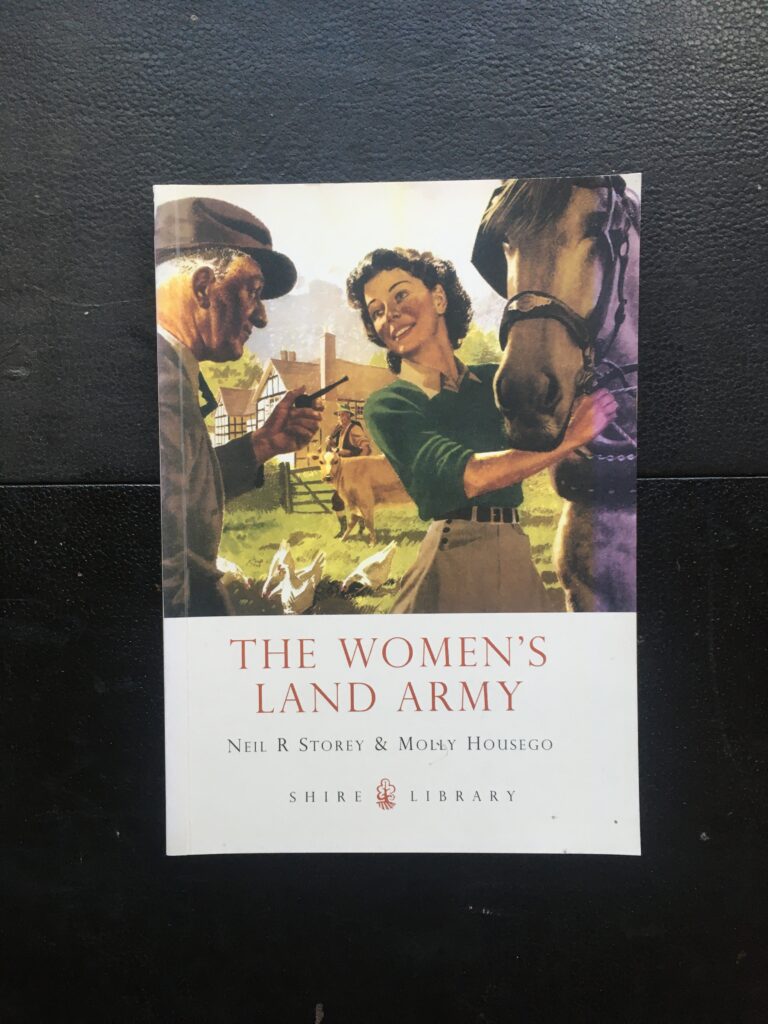
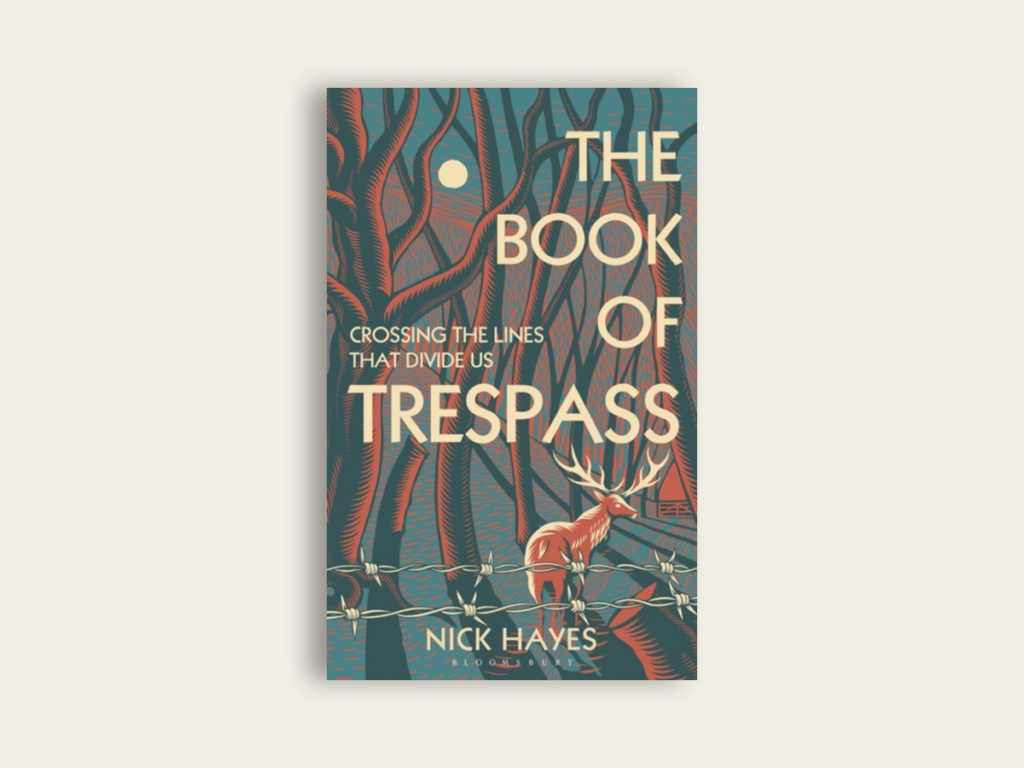
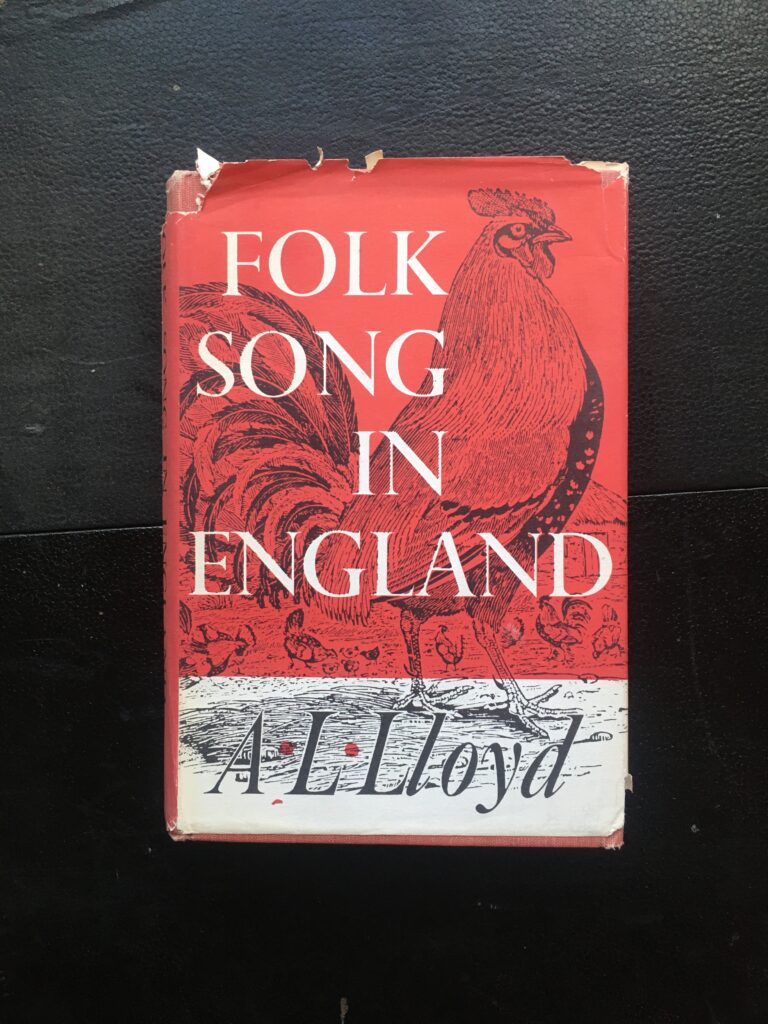
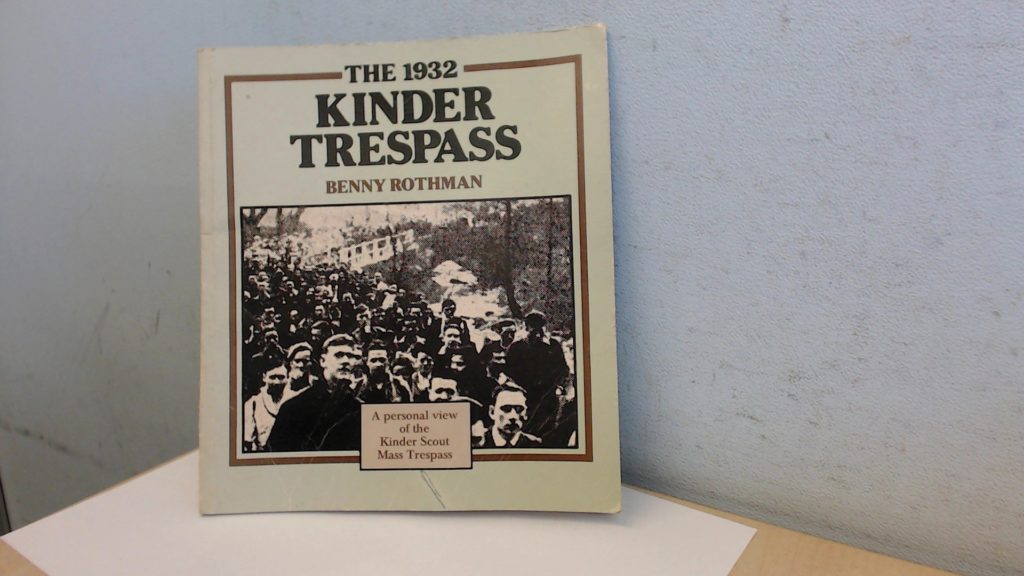
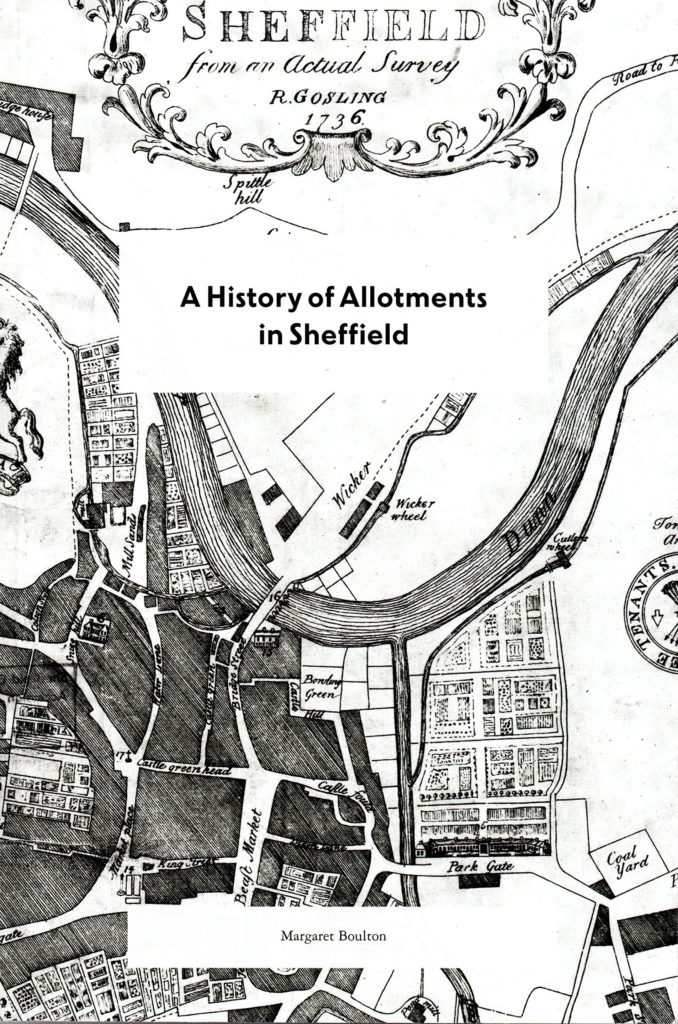

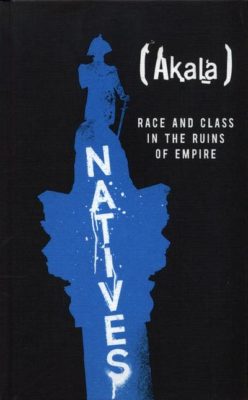 We are major Akala fans here in the herd and regularly send his various
We are major Akala fans here in the herd and regularly send his various 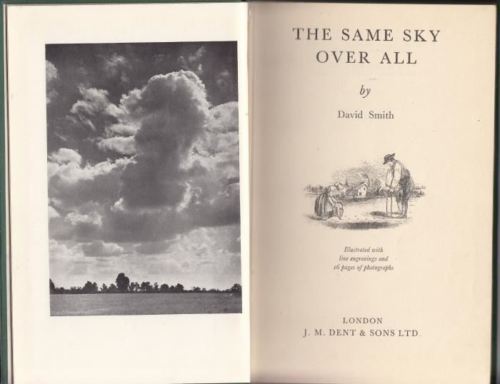
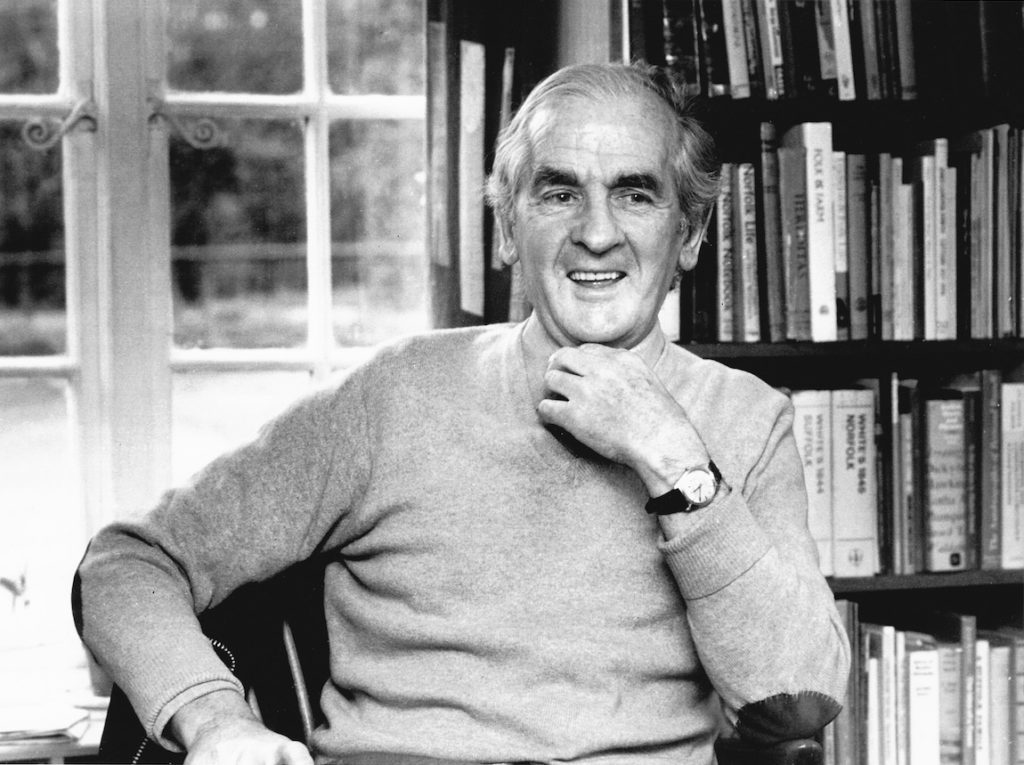
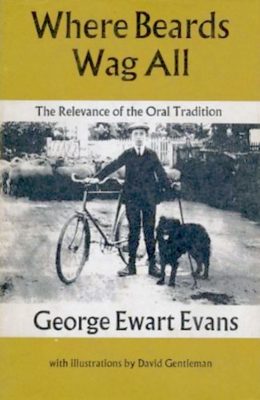 A really beautiful insight into the last days of peasant agriculture in England before the post war mechanisation of agriculture and the role of the oral tradition in rural communities.
A really beautiful insight into the last days of peasant agriculture in England before the post war mechanisation of agriculture and the role of the oral tradition in rural communities.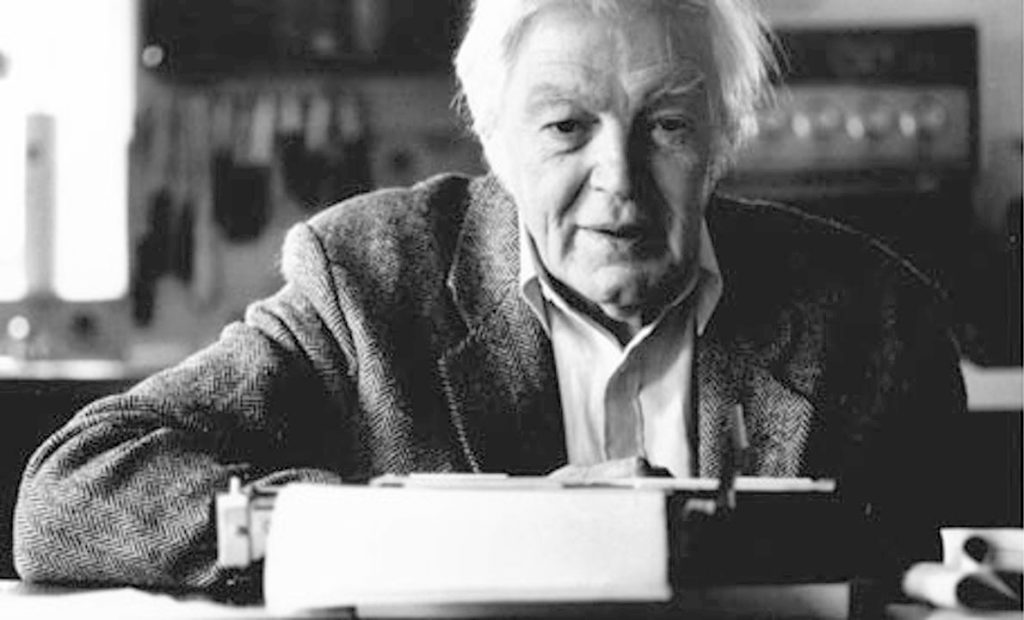
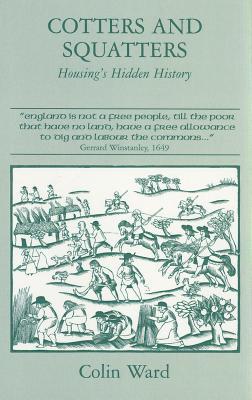 This book is magnificent and tragically out of press with second hand copies going for silly money. I’ve tried to persuade the publisher to re-issue it or to make it available digitally but to no avail yet. Succint, throughly readable and utterly compelling, I hope your local library can sort you out with a copy.
This book is magnificent and tragically out of press with second hand copies going for silly money. I’ve tried to persuade the publisher to re-issue it or to make it available digitally but to no avail yet. Succint, throughly readable and utterly compelling, I hope your local library can sort you out with a copy.
You must be logged in to post a comment.